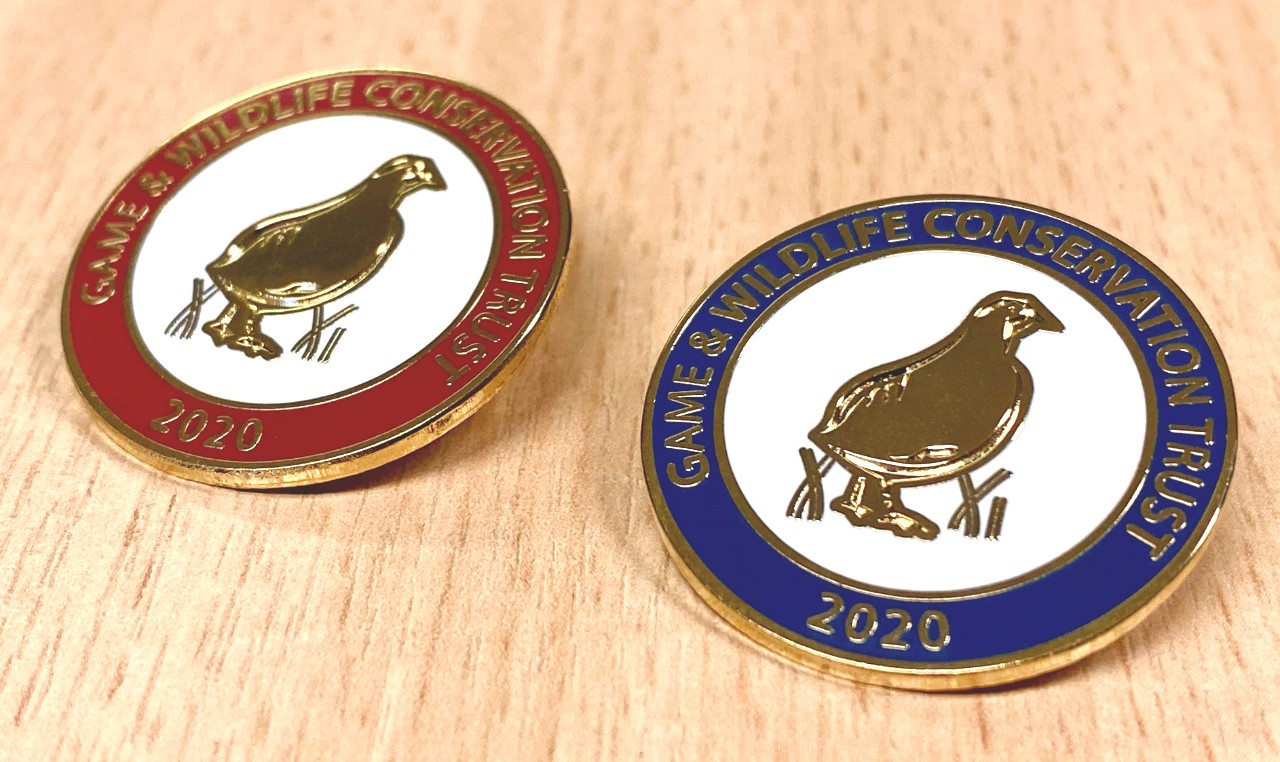It sounds unlikely the RSPB would decide to oppose shooting (report, October 28) because they have spent the past ten years helping to fund the recovery of a driven grouse moor, at Langholm on the Scottish Borders, which aimed to shoot 1,000 brace a season. They supported the use of traditional moorland practices, such as heather burning to restore the habitat, the killing of foxes and crows to help recover the ground-nesting bird species, and the use of medicated grit to reduce worm burdens in red grouse.
All of these techniques are regulated, but legislation does not always work – especially in cases of wildlife conflict. Langholm Moor has also provided the best evidence that the conflict between red grouse and hen harriers is genuine. This is why the Game & Wildlife Conservation Trust supports the testing of innovative ideas, such as Defra’s hen harrier brood management scheme, which seeks to address the underlying conflict behind the illegal killing of harriers – in the interests of both.
Andrew Gilruth
Director of Communications, GWCT

Show your support for the GWCT with one of our new badges
Proudly show your support for our vital conservation work by wearing one of our new 2020 badges.
View All Badges >